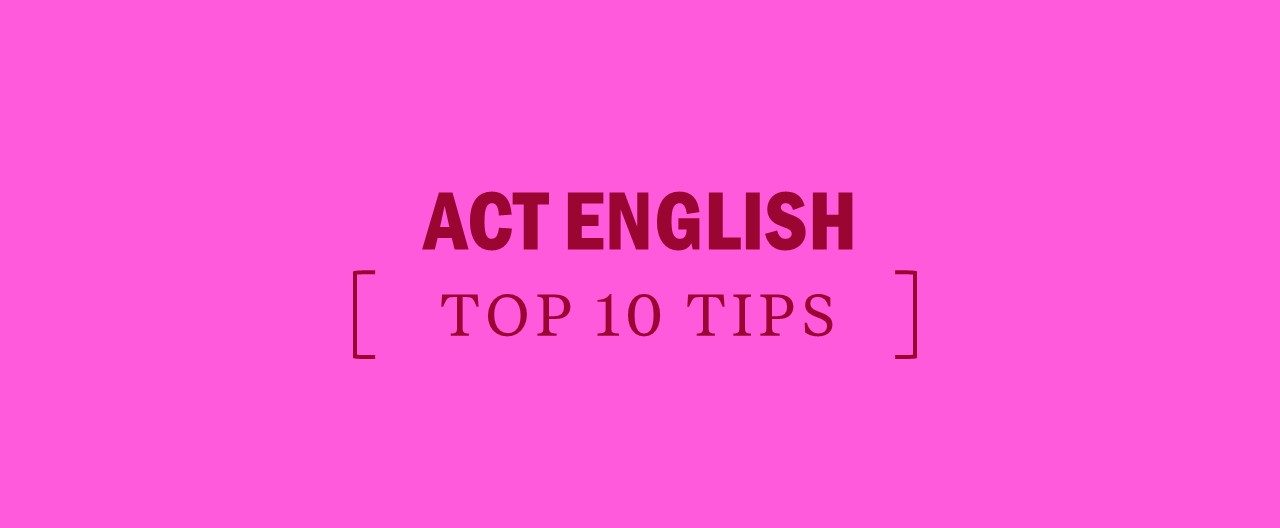ACT English: Identifying Verb Errors
The most common way verbs are tested on the ACT English test is in subject-verb agreement; however, sometimes the questions in the ACT English section will contain other verb errors. While it’s important to make sure that verbs always agree with their subject in number, it is also important to check to make sure that the verb tense makes logical sense in the context of the sentence.
Verb tense errors have to do with when the sentence takes place. If the action of the sentence is happening in the present, a verb in present tense is required. If the sentence describes something that has not yet taken place, it requires the future tense. There are six verb tenses you should be familiar with for the ACT. These three you probably already know:
Present Tense: I clean.
Past Tense: I cleaned.
Future Tense: I will clean.
Perfect Tense
The other three are part of what is called the perfect tense. To express this tense, we write the word “have” or “had” before the conjugated verb. The conjugated verb is called the “past participle” in this tense.
Present Perfect: I have cleaned.
The present perfect is used to describe either something that started in the past but is still going on in the present or something that occurred in the past at some unspecified time.
Past Perfect: I had cleaned.
The past perfect tense is used in a sentence that already contains a verb in the past tense. If the sentence describes something that took place before the verb in past tense you would use the past perfect tense. Example: I cleaned the bathroom after I had cleaned the living room. The past perfect tense makes it clear that the living room was cleaned first.
Future Perfect: I will have cleaned.
The future perfect tense is used to describe something that will occur after another future event. However, unlike past perfect, many sentences using future perfect will not require the future tense as well. Example: At the end of my diet, I will have lost ten pounds. A phrase like “at the end of my diet” implies the future tense so a second verb is not required.
As you notice with the above examples, to go from present tense to past tense usually involves simply adding –ed to the verb. We call these “regular” verbs. For the perfect tenses, simply adding “have” or “had” to the past participle is all that is required.
Irregular Verbs
Some verbs are “irregular”, meaning they have very different forms in the present and past tense and require a unique past participle to form the perfect tenses. These are especially tough for non-native speakers to remember. Here are some of the most common “irregular” verbs- you can find more by searching online. Make sure to write down any you don’t know and study them until you can recognize the irregular forms.
| Verb | Present | Past | Perfect |
|---|---|---|---|
| To be | I am | I was | I have/had been |
| To begin | I begin | I began | I have/had begun |
| To drive | I drive | I drove | I have/had driven |
| To speak | I speak | I spoke | I have/had spoken |
| To grow | I grow | I grew | I have/had grown |
Don’t worry if you can’t remember the names of the tenses themselves. The ACT won’t even use phrases like “past participle” or “perfect tense.” You’ll only need to know which tense is correct in context; as an English speaker, you already possess this skill! To spot these verb tense errors, remember to ask yourself: when does this sentence, or this part of the sentence, take place?


